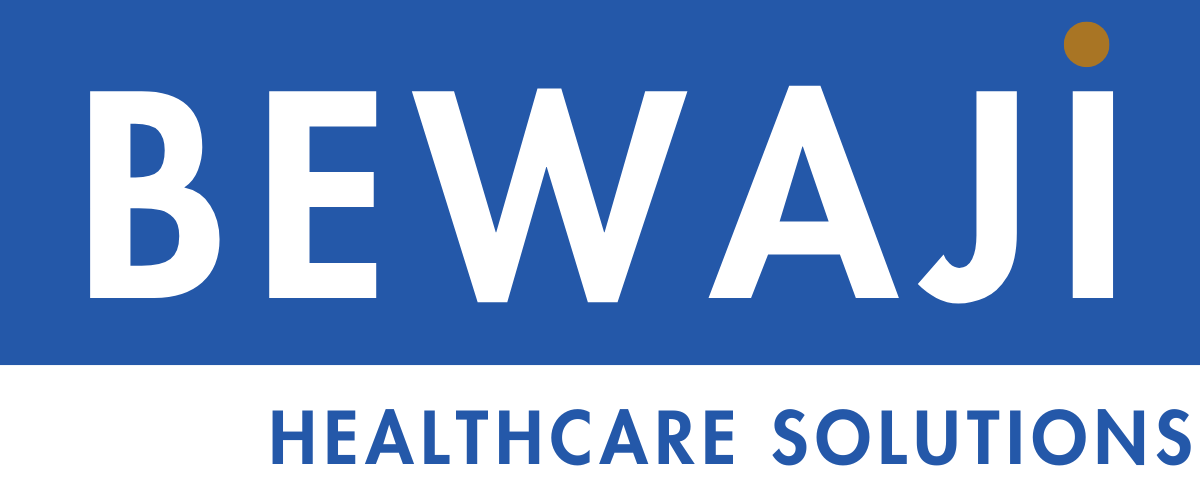Introduction
In healthcare, your expertise may lie in treating illnesses and saving lives. But have you ever considered the health of the organization you work in? It’s not just a brick-and-mortar establishment filled with medical professionals and equipment; it’s a complex, interconnected ecosystem. Like a symphony orchestra, where each musician contributes to the harmony or discord of the overall performance, each department and individual in a healthcare setting plays a role in the patient experience.
The Symphony of Healthcare
Imagine your healthcare organization as an orchestra. Each section—string, woodwind, brass, percussion—must be in sync for the music to resonate with the audience. The performance suffers even if one violinist is off-key or a drummer misses a beat. The same applies to healthcare. A skilled surgeon is less effective if the administration is disorganized or the nursing staff is overwhelmed due to poor management. The stakes are even higher here—a mistake can lead to severe consequences, from loss of life to legal issues and reputational damage.
The Three Pillars: The Key Sections of Your Healthcare Orchestra
To achieve harmony in healthcare, one must focus on optimizing three essential pillars or ‘sections’ that define the quality of care, patient experience, and organizational reputation.
The First Pillar: Customer Relationships – The Heartbeat
Customer relationships serve as the heartbeat of your healthcare setting. This pillar is not just about basic customer service—answering phones quickly or greeting patients warmly, although these are important. It starts even before a patient steps into your facility. The impression formed during a patient’s first Google search or phone call strengthens or erodes with every subsequent interaction.
But the Heartbeat Pillar doesn’t stop there. Post-discharge includes follow-up calls, satisfaction surveys, and even the billing process. It’s about creating a seamless, compassionate, and efficient journey for each patient, thereby defining their overall experience.
The Second Pillar: Clinical Services – The Lifeline
This is likely the main reason you entered healthcare—to make a clinical impact. However, even the most skilled clinicians can’t provide quality care if the systems supporting them are dysfunctional. The Clinical Services or Lifeline Pillar encompasses everything from the initial diagnosis to treatment plans, surgical procedures, and postoperative care. Efficient systems for patient records, diagnostic labs, and inter-departmental coordination can significantly amplify your impact as a healthcare provider.
The Third Pillar: Business Management- The Engine Room
Often overlooked, the Business Management or Engine Room Pillar focuses on administrative operations, legal compliance, and procurement. Efficient operational systems are not just ‘nice-to-haves.’ They are essential for ensuring that clinical staff can perform to the best of their abilities. Without streamlined operations, you risk systemic failures that could have dire consequences on patient care.
Financial health is the backbone of your healthcare organization. This deals with budget allocation, revenue tracking, and human resources. Inadequate HR policies can lead to high staff turnover, affecting patient care. On the other hand, poor financial management can risk the sustainability of your healthcare practice.
The Harmony of Interconnected Roles
Just like musicians in an orchestra, healthcare professionals must excel in their roles and understand how they contribute to the broader organizational goals. By focusing on these three pillars, you’re improving isolated areas and the entire ecosystem.
The Future of Healthcare
As a healthcare business owner, manager, or leader, you’re undoubtedly aware of the rapid advancements in medical science and technology. From telemedicine to Artificial Intelligence in diagnostics, the landscape is continually evolving. However, the crux of a successful healthcare organization isn’t merely the adoption of advanced treatments or breakthrough research; it lies fundamentally in the systems that enable these treatments to be effectively and efficiently delivered to patients.
Systems as the Infrastructure of Innovation
Think of your healthcare organization as a vehicle for delivering medical innovation to the public. No matter how advanced your ‘engine’—the treatments, procedures, and services you offer—your vehicle won’t go far without a solid ‘chassis’—the systems and processes that support your clinical services. These systems serve as the infrastructure for your healthcare innovations to be effectively implemented, managed, and scaled.
Aligning Systems with Business Goals
As you reassess your current organizational systems, aligning them with your broader business goals is essential. Whether expanding your service offerings, improving patient satisfaction, or increasing operational efficiency, your systems should be designed to contribute to these objectives directly. A mismatch between your systems and business goals can lead to inefficiencies, increased costs, and missed opportunities.
The Importance of Agility
The healthcare landscape is ever-changing, influenced by regulatory shifts, technological advancements, and patient expectations. Your systems should be agile enough to adapt to these changes quickly. Rigid, outdated systems can make your organization less competitive and more vulnerable to challenges such as regulatory penalties or patient attrition. Agility in your systems allows for quicker decision-making, better resource allocation, and a more proactive approach to market changes.
Data-Driven Decision Making
Incorporating data analytics into your systems can provide valuable insights into your healthcare business, from patient satisfaction and engagement rates to staff performance and inventory management. The ability to capture and analyze this data enables healthcare leaders to make informed decisions, identify improvement areas, and measure changes’ impact in real time.
Investing in Systems Upgrades
Upgrading your systems may require a significant investment of time and financial resources. However, the long-term benefits—improved efficiency, better patient care, enhanced compliance, and increased profitability—often outweigh the initial costs. The potential improvements are endless from Electronic Health Record (EHR) systems that enable seamless patient data sharing among departments to advanced scheduling software that optimizes staff allocation.
Employee Training and Buy-In
The best systems are only as good as the people who use them. Training your team to use new systems effectively is crucial for success. Communicating the benefits and changes transparently is equally important to get staff buy-in. Their day-to-day experiences can offer additional insights into system performance and areas for improvement.
Future-Proofing Your Healthcare Organization
As you return to your healthcare practices, hospitals, or organizations, think critically about the current systems you have in place and, more importantly, the systems you need to implement for the future. Assess their alignment with your business goals, agility in adapting to market changes, and capability to provide data-driven insights. Investing in robust, agile, and aligned systems today can future-proof your healthcare organization, ensuring that you survive and thrive in the competitive healthcare landscape.
Conclusion
In healthcare, the margin for error is slim to none. A misstep in any department or by any individual can have catastrophic consequences. By giving due attention to the Three pillars—Customer Relationships, Clinical Services, Business Management—you can ensure that your ‘healthcare orchestra’ produces harmonious melodies of efficient, effective patient care. After all, the secret to a high-performing healthcare organization lies in understanding and optimizing these pillars, thereby creating a seamless, efficient, and compassionate journey for each patient.



